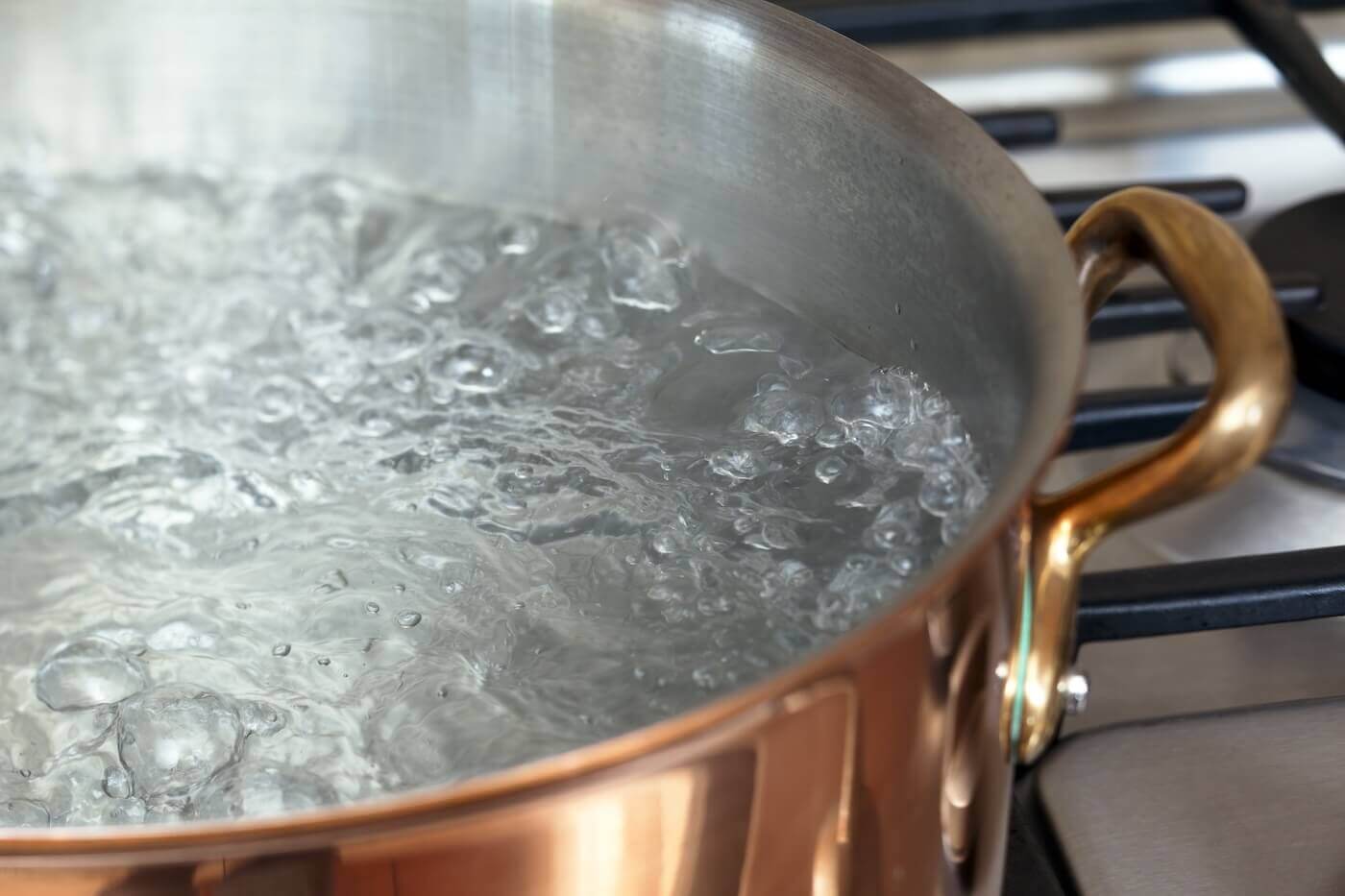

Articles
How To Store Boiled Water
Modified: August 16, 2024
Discover articles on how to store boiled water effectively to ensure its safety and quality. Learn the best methods and tips for proper storage.
(Many of the links in this article redirect to a specific reviewed product. Your purchase of these products through affiliate links helps to generate commission for Storables.com, at no extra cost. Learn more)
Introduction
Welcome to the comprehensive guide on how to store boiled water. In our everyday lives, water is an essential element that we cannot live without. We use it for drinking, cooking, and maintaining personal hygiene. However, there may be times when water supplies become compromised, such as during natural disasters or emergencies. In such situations, it becomes crucial to have a reliable source of clean and safe water.
Boiling water is one of the most effective methods to kill harmful bacteria, viruses, and parasites that may be present in the water. By boiling it, we ensure that it is safe for consumption. But what if you have boiled more water than you need at the moment? That’s where proper storage comes into play.
In this article, we will explore the importance of storing boiled water and provide you with practical tips on how to store it safely for future use. Whether you’re preparing for an emergency situation or simply looking to have a backup supply of clean water, this guide will have you covered.
Key Takeaways:
- Properly storing boiled water is essential for emergencies, convenience, and energy conservation. Select suitable containers, cool water properly, and seal and label containers for safe and convenient access.
- Whether in the refrigerator or at room temperature, monitoring and replacing stored water regularly is crucial for maintaining a reliable and safe water supply. Stay prepared, stay hydrated, and stay safe!
Read more: How To Store Boiled Pasta
Importance of Storing Boiled Water
Storing boiled water is vital for several reasons. Firstly, it ensures that you always have a supply of clean and safe drinking water available, especially during times when access to fresh water is limited. By storing boiled water, you can avoid the risk of consuming contaminated water, which can cause various waterborne diseases.
Secondly, storing boiled water is essential during emergencies or natural disasters. These events often disrupt water supplies, leaving individuals and communities without access to clean water. By having stored boiled water, you can ensure that your basic needs are met even in challenging situations.
Another reason to store boiled water is for convenience. There may be times when you simply prefer to have a readily available supply of clean water without the need to boil it every time you want to use it. By storing boiled water, you save time and effort, making it more convenient for daily use.
Furthermore, storing boiled water is beneficial for those who go camping or engage in outdoor activities. Having a supply of boiled water on hand ensures that you have safe drinking water even in remote locations where access to clean water sources is limited or non-existent.
Lastly, storing boiled water can also help in saving energy. Boiling water requires a significant amount of energy, so by boiling a larger quantity and storing it, you can conserve energy by minimizing the frequency of boiling water.
Overall, storing boiled water is crucial for ensuring access to clean and safe drinking water, especially during emergencies or when water supplies are compromised. It provides convenience, peace of mind, and contributes to energy conservation. Now that we understand the importance of storing boiled water, let’s move on to the next step: selecting suitable containers for storage.
Selecting Suitable Containers
When it comes to storing boiled water, selecting the right containers is essential to maintain its quality and safety. Here are some factors to consider when choosing suitable containers:
- Material: Opt for containers made of food-grade materials, such as high-density polyethylene (HDPE), glass, or stainless steel. These materials are non-toxic and do not leach harmful substances into the water.
- Cleanliness: Ensure that the containers you choose are clean and free from any contaminants or residue. Thoroughly wash and sanitize the containers before storing boiled water to prevent any bacterial growth.
- Airtightness: Select containers that have airtight lids or caps to prevent the entry of contaminants and maintain the freshness of the water.
- Size: Consider the size of the containers based on your needs. Smaller containers are preferable for everyday use, while larger ones are suitable for long-term storage or emergency situations.
- Transparency: Opt for transparent containers that allow you to easily monitor the water’s clarity and spot any signs of contamination or discoloration.
- Stackability: If space is a concern, choose containers that are stackable to maximize storage efficiency.
It’s important to note that not all containers are suitable for storing water long-term. Avoid using containers that were previously used to store non-food items or hazardous chemicals, as they may compromise the safety of the water.
In addition to selecting suitable containers, it’s also important to cool the boiled water properly before transferring it for storage. Let’s explore the next step: cooling boiled water.
Cooling Boiled Water
Once you have boiled water for the purpose of storage, it’s crucial to cool it properly before transferring it to containers. Cooling boiled water not only ensures the safety of the water but also helps to maintain its quality and freshness.
Here are some steps to cool boiled water effectively:
- Allow time for natural cooling: After boiling the water, remove it from the heat source and let it cool naturally at room temperature. This process may take some time, depending on the volume of water boiled. Avoid rushing the cooling process by keeping the water uncovered, as this allows heat to escape more quickly.
- Speed up cooling with an ice bath: If you want to expedite the cooling process, you can create an ice bath. Fill a larger container, such as a basin or sink, with ice and place the smaller container of boiled water in it. The ice will help to absorb heat from the water, cooling it down more rapidly.
- Avoid temperature shock: When cooling boiled water, avoid exposing it to extreme temperature changes. For example, do not place a hot container directly in the refrigerator, as it can cause thermal shock and potentially damage the container. Allow the boiled water to reach room temperature or slightly cool down before refrigerating.
Remember to exercise caution while handling hot or boiling water to prevent burns or injuries. Use oven mitts or heat-resistant gloves when necessary.
Once the boiled water has cooled down, it’s time to transfer it to suitable containers and seal them properly. In the next section, we will discuss the importance of sealing and labeling containers for storing boiled water.
Sealing and Labeling Containers
After cooling boiled water and transferring it to suitable containers, it’s crucial to seal and label them appropriately. Proper sealing helps to maintain the integrity of the water and prevent contamination, while labeling ensures clarity and accountability regarding the contents and date of storage.
Here are some important steps to follow when sealing and labeling containers:
- Airtight sealing: Ensure that the lids or caps of the containers are tightly sealed to prevent the entry of contaminants. This helps to maintain the freshness and safety of the stored water.
- Labeling: Clearly label each container with the date of storage. This helps you keep track of the freshness and shelf life of the water. Additionally, you can mention the volume or quantity of water stored, which can be helpful for rationing purposes during emergencies.
- Additional labeling: If desired, you can also add any additional information to the label, such as the source of the water or any specific instructions for usage or handling.
- Use waterproof markers or labels: Ensure that the markers or labels you use are waterproof or resistant to water and moisture. This prevents the labeling from smudging or fading over time, ensuring readability for an extended period.
- Store labels facing outward: When arranging the containers for storage, ensure that the labeled side faces outward, making it easy to identify and access the necessary containers without having to remove or disturb others.
By following these sealing and labeling guidelines, you can keep track of the stored water’s freshness, ensure easy identification, and maintain the safety of the water for future use.
Now that you have sealed and labeled the containers, you have the option to store the boiled water either in the refrigerator or at room temperature. In the next section, we will explore both options and discuss their pros and cons.
Store boiled water in a clean, airtight container to prevent contamination. Keep it in a cool, dark place away from direct sunlight. Use within 24 hours for best quality.
Read more: How To Store Boiled Chicken
Storing Boiled Water in the Refrigerator
Storing boiled water in the refrigerator is a common method to keep it cool and readily accessible. The cool temperature of the refrigerator helps to maintain the freshness and quality of the water for an extended period.
Here are some important points to consider when storing boiled water in the refrigerator:
- Use clean and airtight containers: Ensure that the containers you use are clean and airtight to prevent any contamination or absorption of odors from other food items in the refrigerator.
- Position in the refrigerator: Place the containers of boiled water in a spot that allows for proper airflow and prevents them from being bumped or knocked over. This helps to ensure the stability and integrity of the containers.
- Cover with a lid or plastic wrap: If the container does not have an airtight lid, cover it tightly with plastic wrap to maintain the freshness and prevent any potential odors from permeating the water.
- Monitor for any changes: Regularly check the stored water for signs of contamination, such as cloudiness, unusual taste, or odor. If you notice any changes, discard the water immediately and replenish with fresh boiled water.
- Rotate and use the water regularly: To ensure that the stored water remains fresh, it’s important to rotate and use it within a reasonable timeframe. Aim to consume and replace the water every few weeks or as recommended by local health authorities.
Storing boiled water in the refrigerator provides the advantage of having cool drinking water readily available. It can be particularly useful during hot weather or in emergency situations where access to clean water may be limited. However, keep in mind that refrigerator space may be limited, so it’s important to prioritize and allocate space accordingly.
The next option for storing boiled water is at room temperature, which we will explore in the following section.
Storing Boiled Water at Room Temperature
Storing boiled water at room temperature is an alternative method to ensure access to clean water without relying on refrigeration. This method is suitable for situations where refrigeration is not available or space is limited. However, it’s important to follow certain guidelines to maintain the safety and quality of the stored water.
Here are some important points to consider when storing boiled water at room temperature:
- Use clean and airtight containers: Just like when storing in the refrigerator, choose clean and airtight containers to prevent contamination and maintain the freshness of the water.
- Select a cool and dark storage area: Find a cool, dry, and dark location to store the containers. Avoid areas that are exposed to direct sunlight or extreme temperature fluctuations, as these can affect the quality of the water.
- Protect from pests and insects: Ensure that the storage area is free from pests and insects that may contaminate the water. Use sealed containers to prevent any access by pests.
- Rotate and monitor the water: Regularly check the stored water for any changes in appearance, taste, or odor. If you notice any signs of contamination, discard the water and replace it with fresh boiled water.
- Keep a stock rotation system: Implement a stock rotation system and use the water on a regular basis to ensure that it does not sit for too long without being consumed or replaced.
Storing boiled water at room temperature provides the advantage of not relying on refrigeration and saving space in the refrigerator. However, it’s important to note that the shelf life of water stored at room temperature may be shorter than when refrigerated. Therefore, it’s recommended to use and replace the stored water within a few months, depending on the conditions and recommendations from local health authorities.
Now that you’re familiar with storing boiled water at room temperature, let’s move on to long-term storage options for those who require water for an extended period.
Storing Boiled Water for Long-Term Storage
Long-term storage of boiled water is essential for individuals or communities who anticipate the need for a reliable water supply over an extended period. This is particularly important in situations where access to clean water is limited or uncertain.
Here are some key considerations for storing boiled water for long-term storage:
- Use of proper containers: Select containers that are specifically designed for long-term water storage, such as food-grade plastic drums, heavy-duty plastic bottles, or glass containers with airtight seals. These containers are durable and help to maintain the integrity of the water over an extended period.
- Purify the water: Prior to storing the water, ensure that it has been thoroughly boiled for at least one minute to eliminate any potential contaminants. This step is crucial for long-term storage, as it helps to prevent the growth of harmful bacteria or microorganisms.
- Properly seal the containers: Ensure that the containers are tightly sealed to prevent the entry of air, which can lead to the growth of bacteria or the deterioration of the water quality. Use sealing methods such as tamper-evident caps, gaskets, or tape to maintain a secure seal.
- Store in a cool and dark location: Find an appropriate storage area that is cool, dry, and away from direct sunlight. Exposure to heat, light, and humidity can degrade the quality of the stored water over time.
- Rotate and monitor the water: Regularly check the stored water for any signs of contamination or deterioration. Replace the water every few months or as recommended by the manufacturer or health authorities, ensuring that you have a fresh supply available.
- Keep track of the storage date: Label each container with the date of storage to keep track of the water’s freshness. Use the oldest water first to ensure a proper rotation system.
- Follow manufacturer recommendations: If you are using commercially packaged and sealed water storage containers, be sure to follow the manufacturer’s instructions and guidelines for storage and shelf life.
By following these guidelines, you can ensure that the stored water remains safe and drinkable for the intended period of long-term storage.
Remember to consult local health authorities or emergency preparedness guidelines for information specific to your region regarding long-term water storage.
Now that you’re familiar with long-term storage, let’s move on to the important steps of monitoring and replacing stored water.
Monitoring and Replacing Stored Water
Monitoring the quality of stored water is essential to ensure that it remains safe and suitable for consumption. Over time, even properly stored water can deteriorate or become contaminated, which is why regular monitoring and replacement are crucial.
Here are some key steps to monitor and replace stored water:
- Visual inspection: Regularly visually inspect the stored water for any changes in color, clarity, or presence of sediment. If you notice any unusual signs, discard the water immediately.
- Odor and taste check: Occasionally, smell and taste the stored water to ensure it remains odorless and free from any strange or unpleasant tastes. If you detect any unusual odors or flavors, it is a sign that the water may have become contaminated.
- Regular rotation: Implement a rotation system to ensure that the oldest stored water is used first. This helps to maintain a fresh supply and reduces the risk of consuming water that has been stored for an extended period.
- Replace stored water periodically: Even if the stored water appears and smells fine, it is advisable to replace it periodically. The frequency of replacement will depend on factors such as the storage method, container type, and local health guidelines. Consider replacing the stored water every 6 months to a year to ensure its freshness and quality.
- Stay updated with advisory information: Stay informed about any water advisories or guidelines provided by local health authorities or emergency management agencies. These advisories may include recommendations for water storage and indicate when it is necessary to replace stored water.
- Documentation: Maintain documentation of the dates and frequency of water replacement to ensure proper tracking and accountability.
Monitoring and replacing stored water is essential for maintaining a reliable and safe water supply. By regularly assessing the quality and following recommended guidelines, you can ensure that the water remains suitable for consumption in times of need.
As we conclude this guide, it’s important to remember that while storing boiled water is a helpful practice, it is not a substitute for having access to a reliable and safe water source. Look for alternative water sources and take necessary precautions to ensure your overall water security.
By following the guidelines and recommendations in this article, you can confidently store boiled water for future use, whether for emergencies, outdoor activities, or everyday convenience.
Stay prepared, stay hydrated, and stay safe!
Read more: How To Use A Kettle To Boil Water
Conclusion
In conclusion, storing boiled water is a crucial practice that ensures access to clean and safe drinking water in various situations. Whether you’re preparing for emergencies, planning for outdoor activities, or simply looking for convenience in everyday life, properly storing boiled water is essential.
We explored the importance of storing boiled water, which includes having a reliable supply of clean water during emergencies, convenience in daily life, and the ability to save energy by minimizing the frequency of boiling water. By properly storing boiled water, you can protect yourself and your loved ones from waterborne diseases and ensure your basic hydration needs are met.
When it comes to storing boiled water, selecting suitable containers is key. Opt for food-grade materials, ensure cleanliness, and aim for airtightness to maintain the quality and safety of the water. Cooling boiled water properly before storage helps maintain freshness, and sealing and labeling the containers provide clarity and accountability.
You can choose to store boiled water in the refrigerator for easy access to cool drinking water or at room temperature, taking into consideration the shelf life and available space. Long-term storage requires specific containers, proper sealing, and monitoring to ensure the water remains safe over an extended period.
Monitoring and replacing stored water regularly is vital to guarantee its safety and quality. By visually inspecting, checking for odors and tastes, and following recommended replacement guidelines, you can maintain a fresh and reliable supply of water.
Remember, storing boiled water is a complement to having access to a reliable and safe water source. Take necessary precautions and stay informed about any water advisories or guidelines provided by local health authorities or emergency management agencies.
By following the guidelines provided in this comprehensive guide, you can confidently store boiled water for emergencies, outdoor activities, or everyday use. Stay prepared, stay hydrated, and stay safe!
Frequently Asked Questions about How To Store Boiled Water
Was this page helpful?
At Storables.com, we guarantee accurate and reliable information. Our content, validated by Expert Board Contributors, is crafted following stringent Editorial Policies. We're committed to providing you with well-researched, expert-backed insights for all your informational needs.

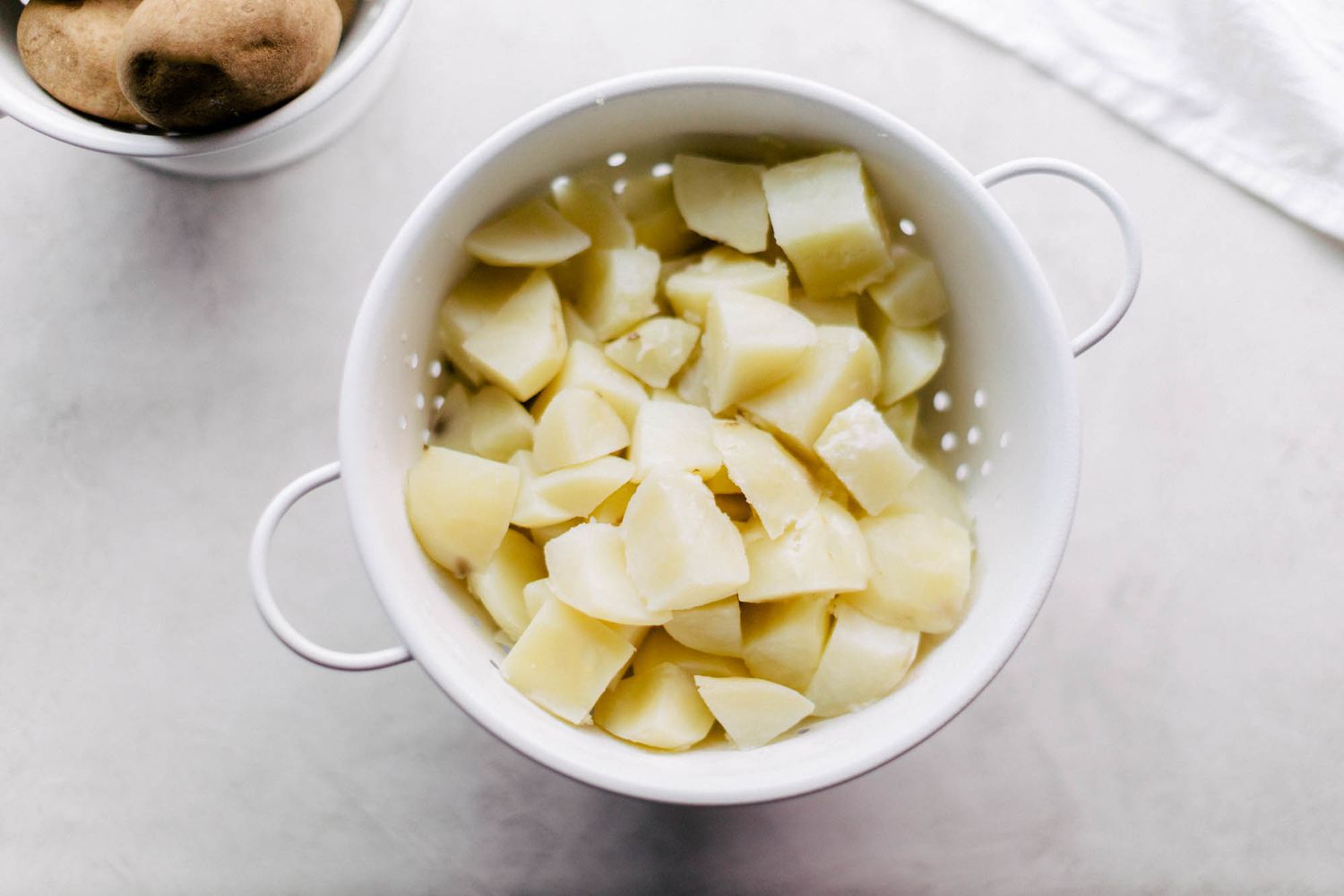
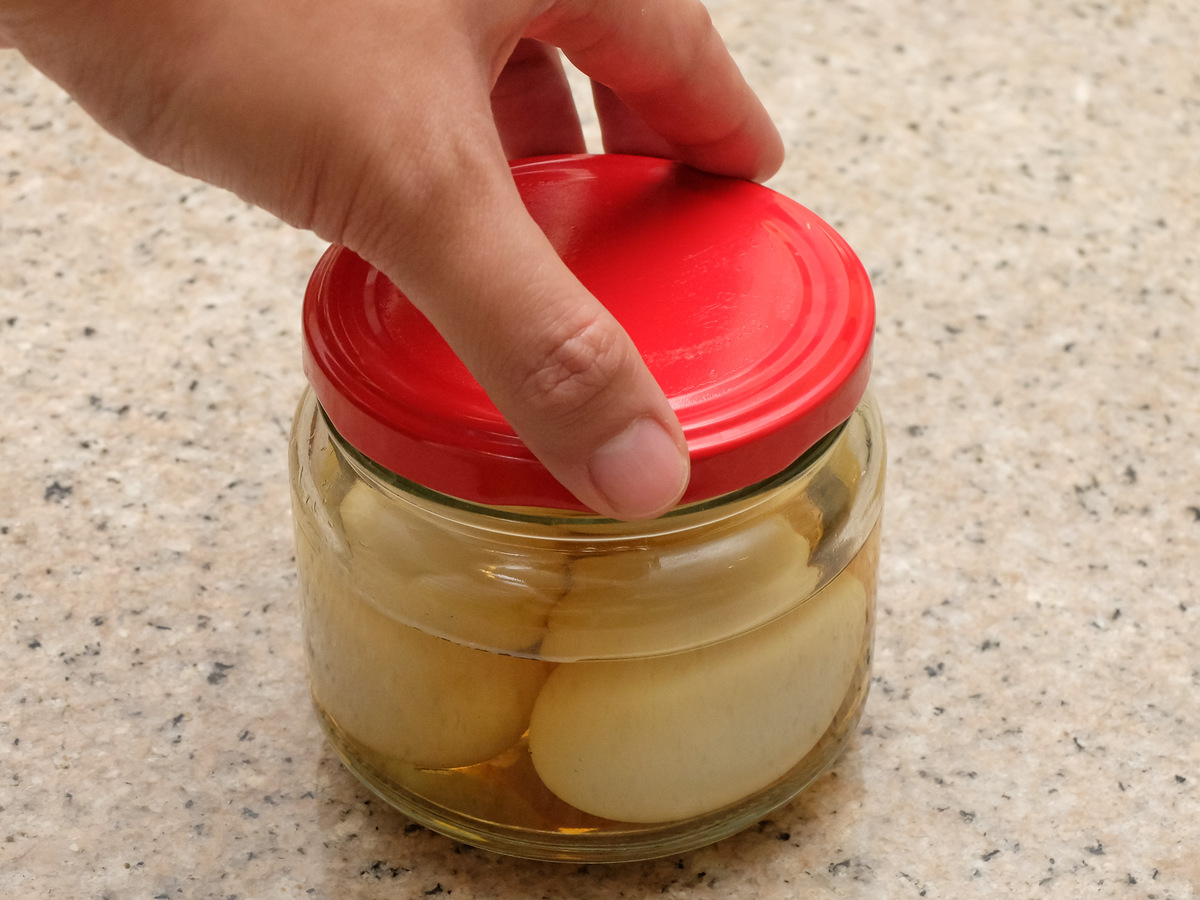

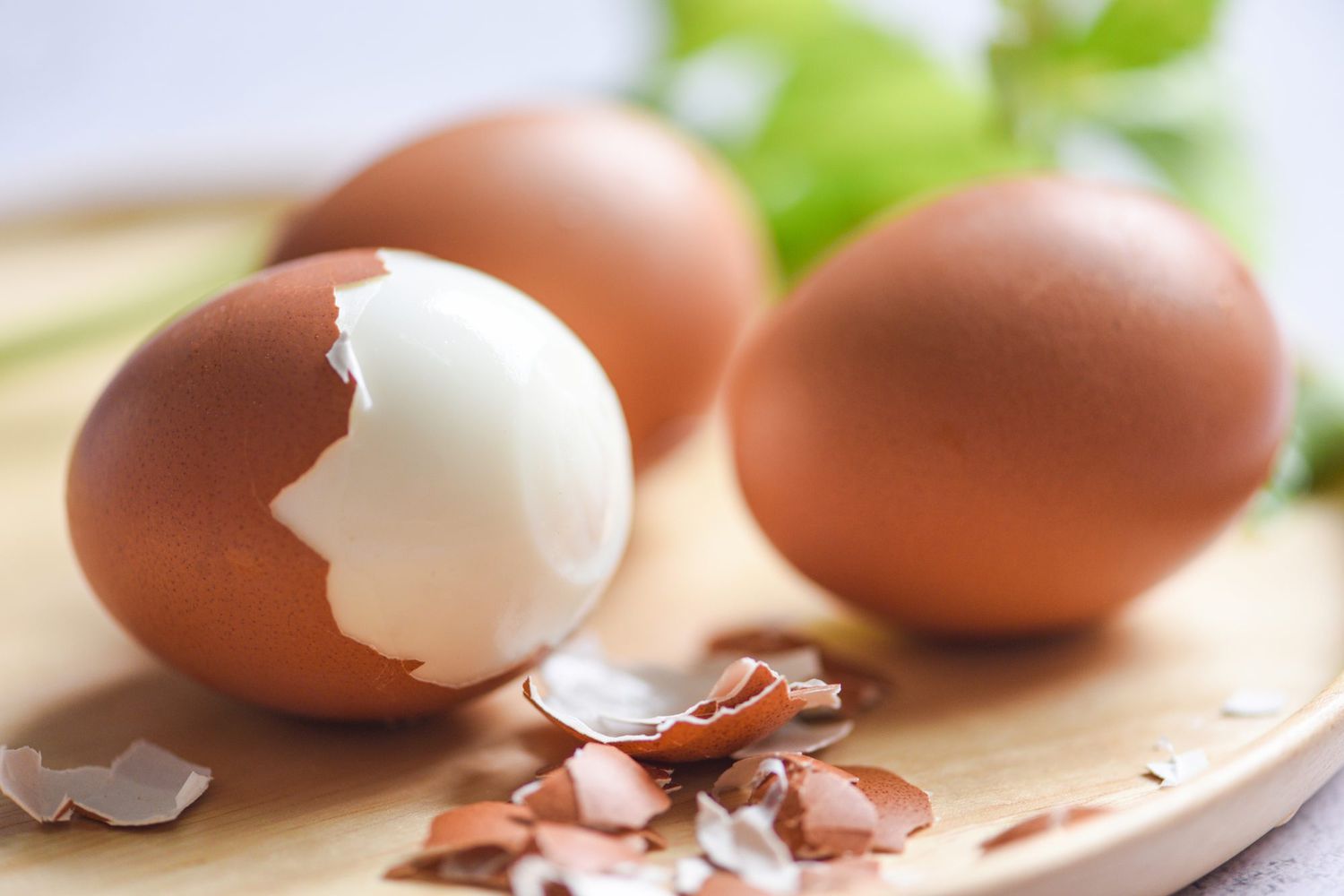
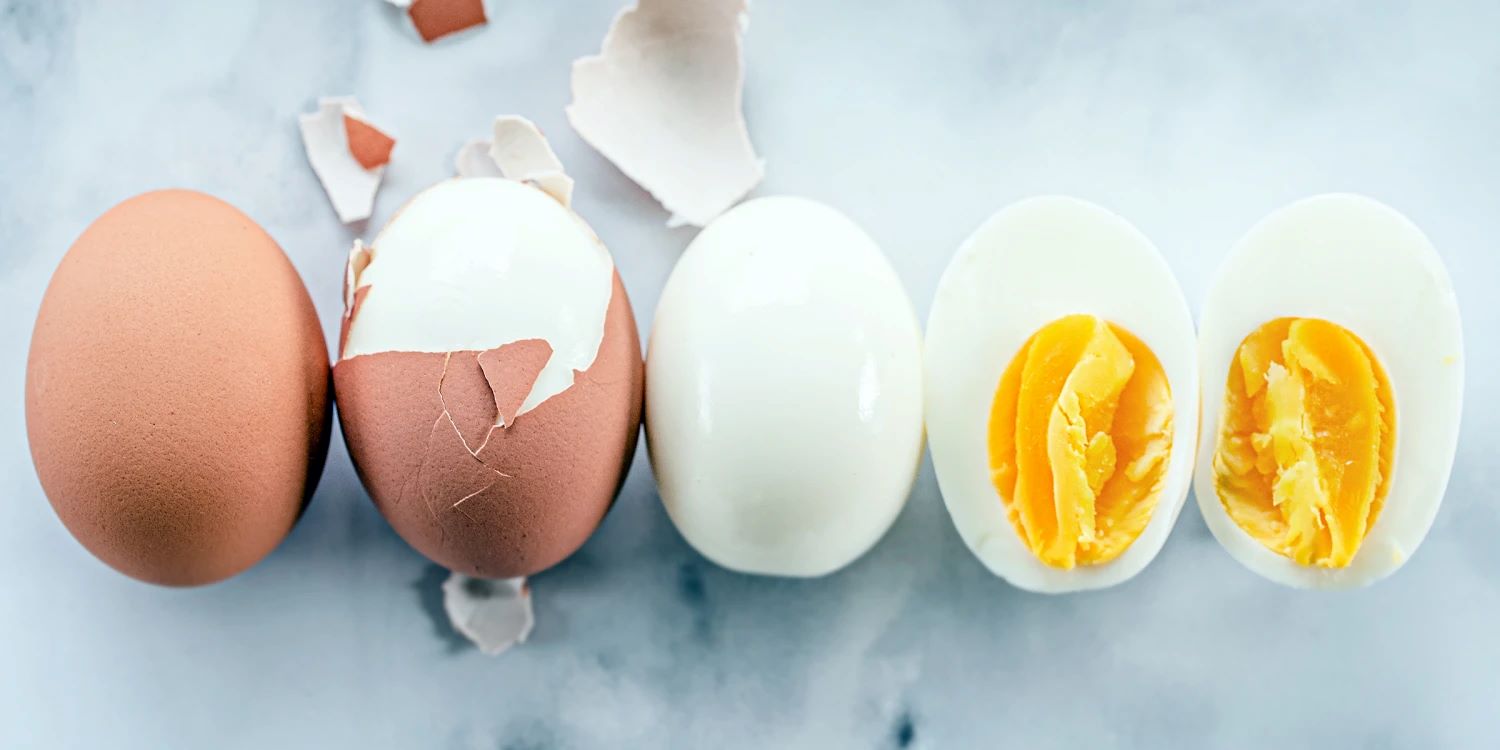
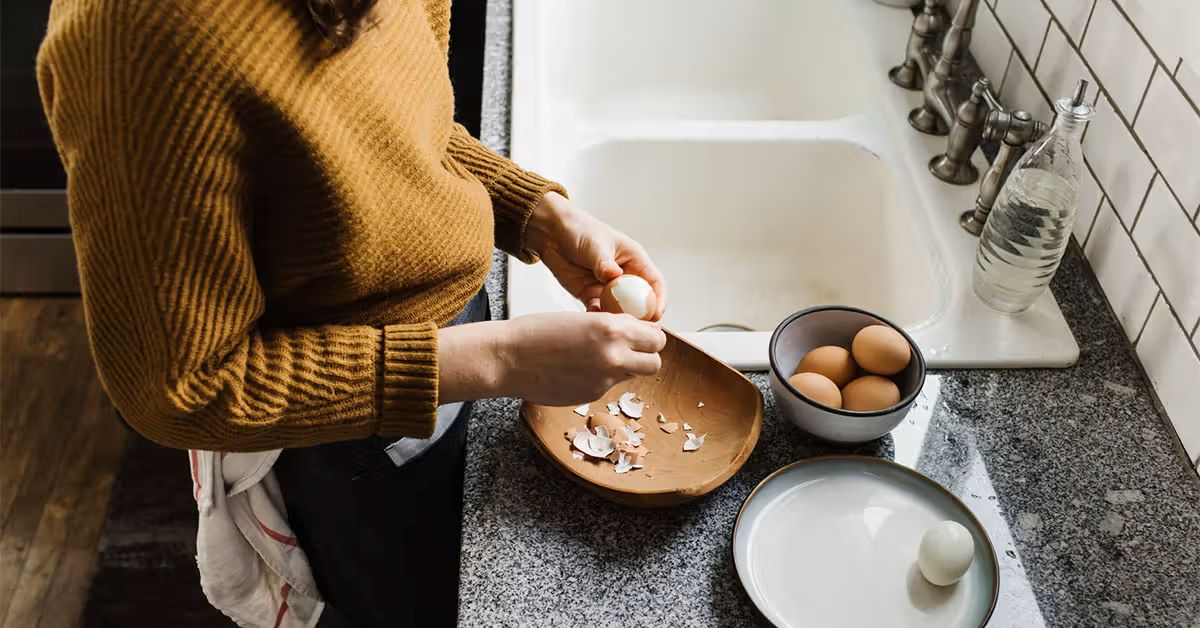
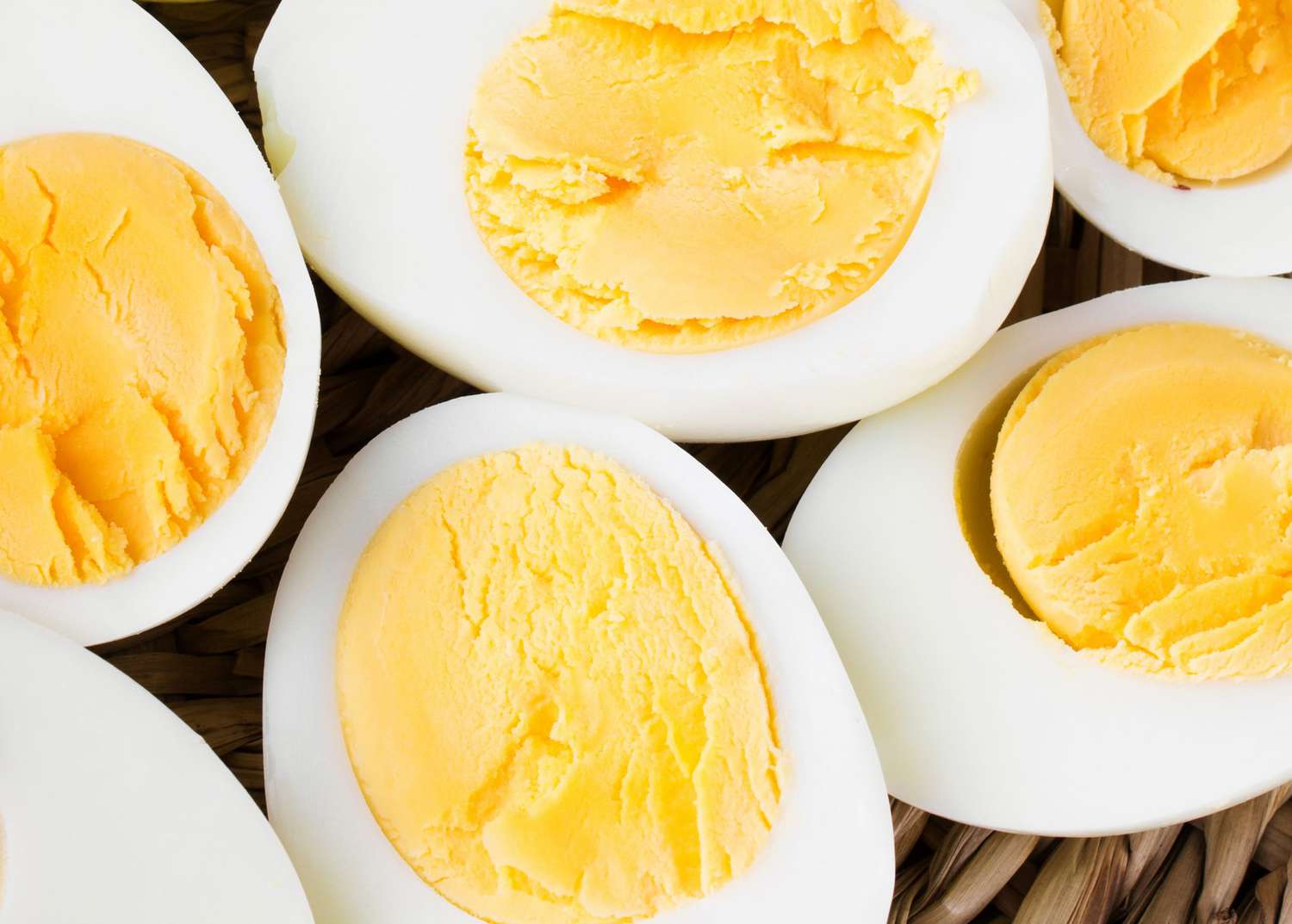
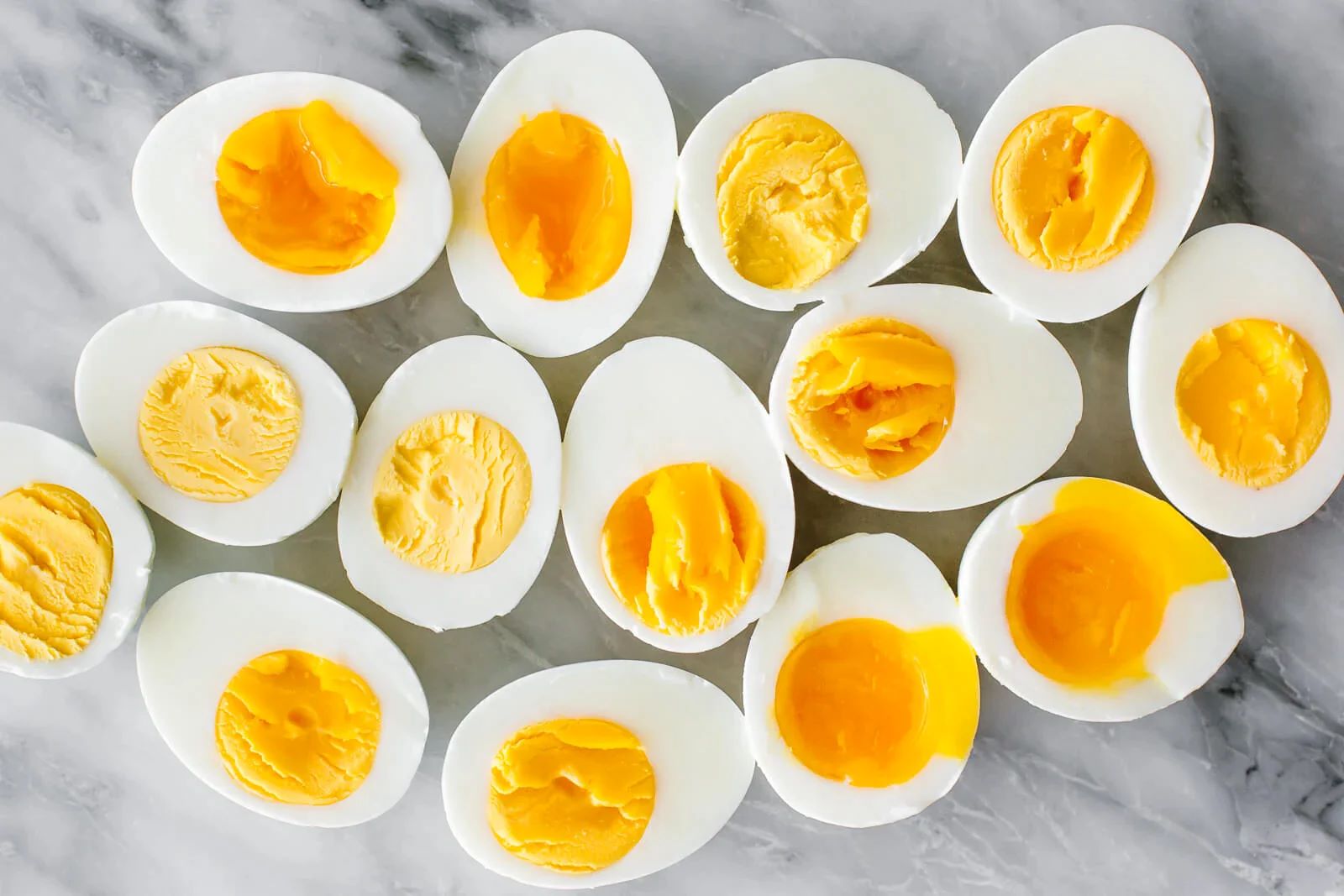

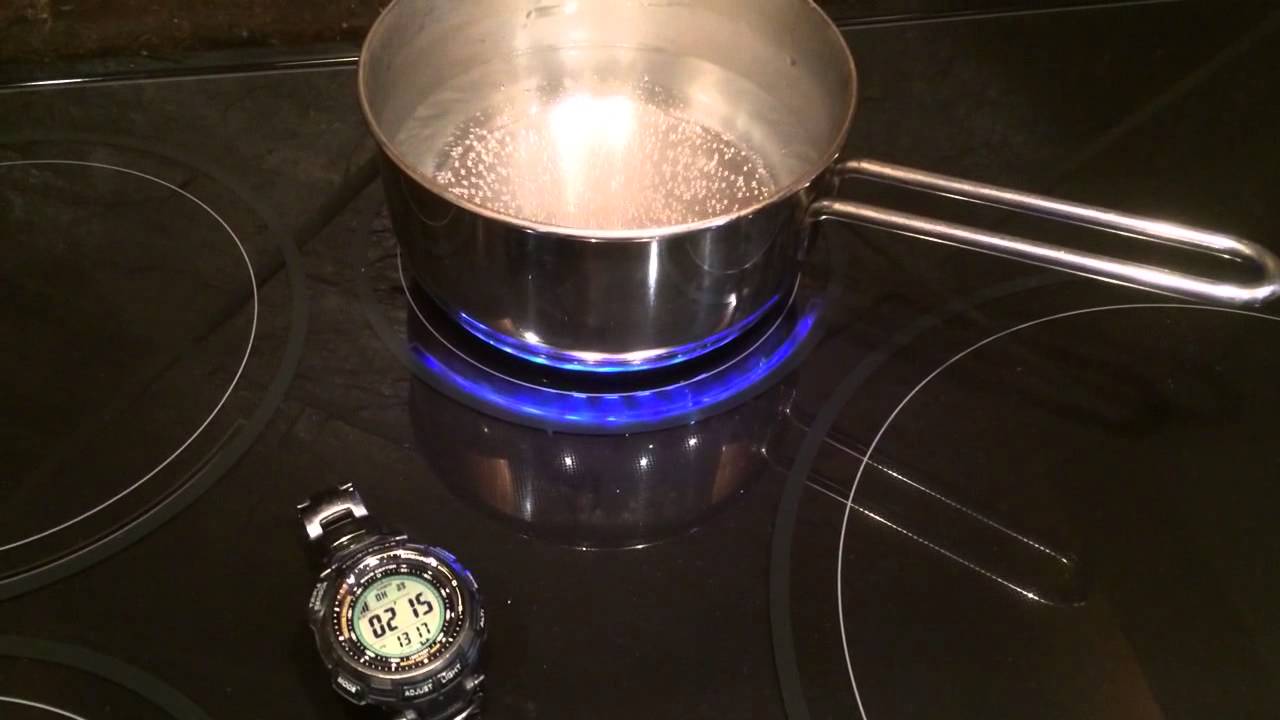
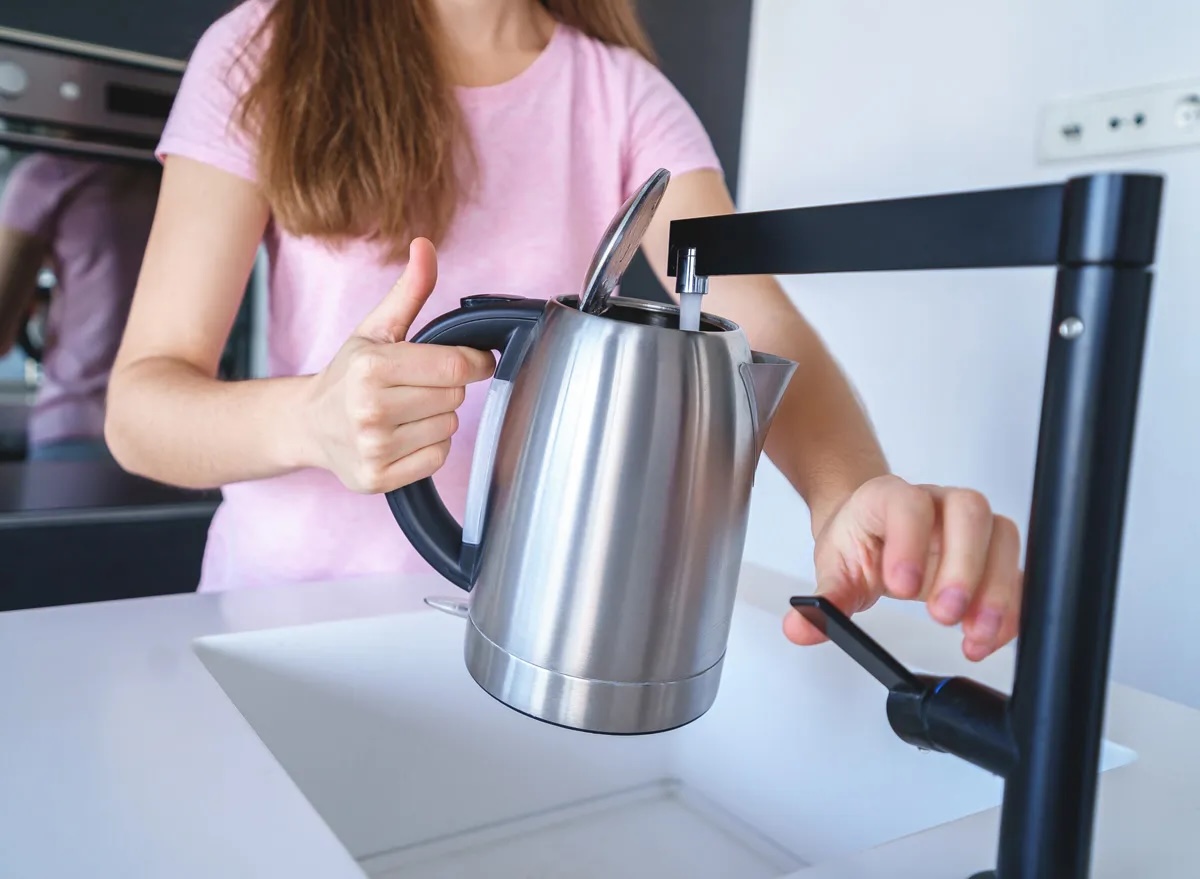
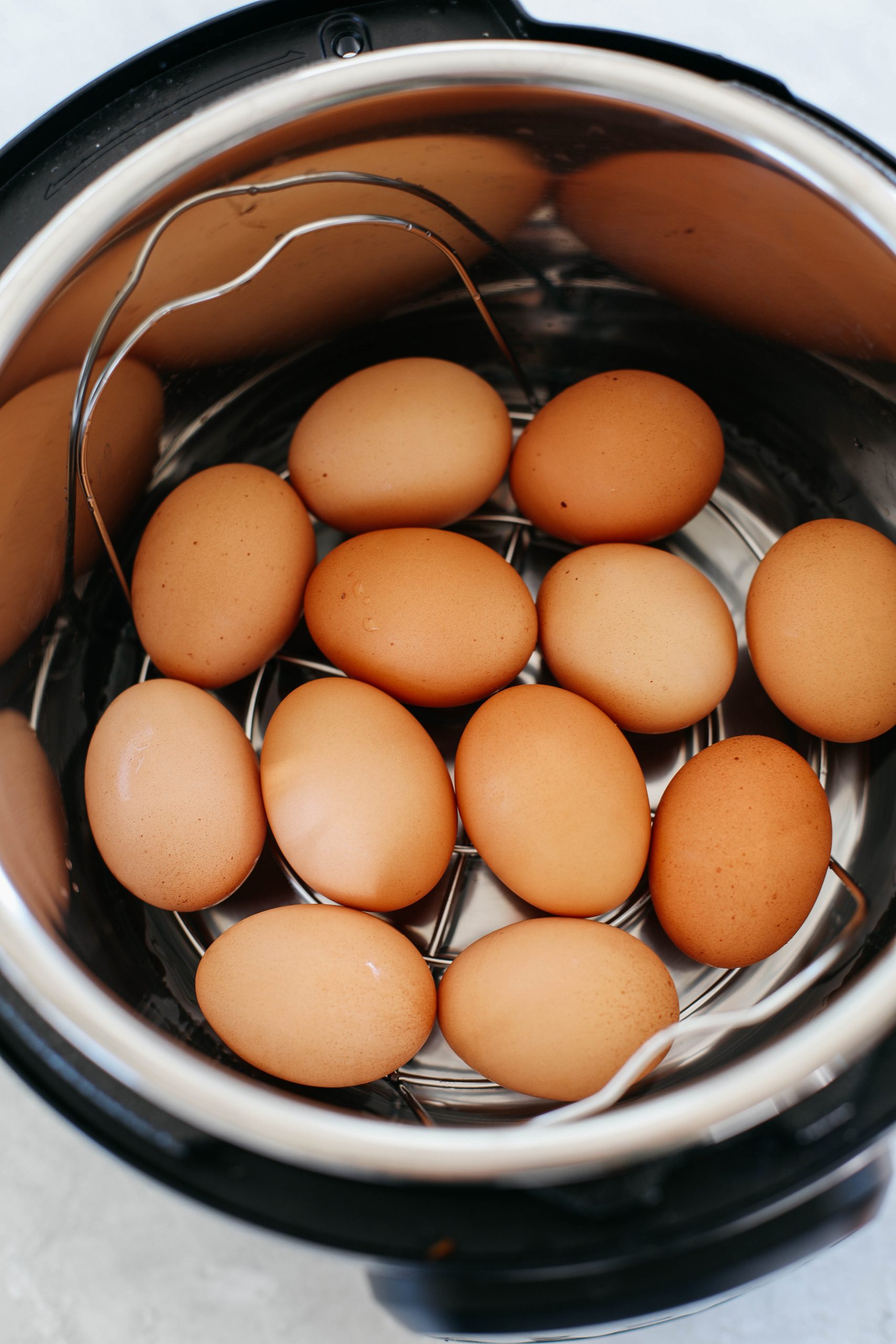

0 thoughts on “How To Store Boiled Water”